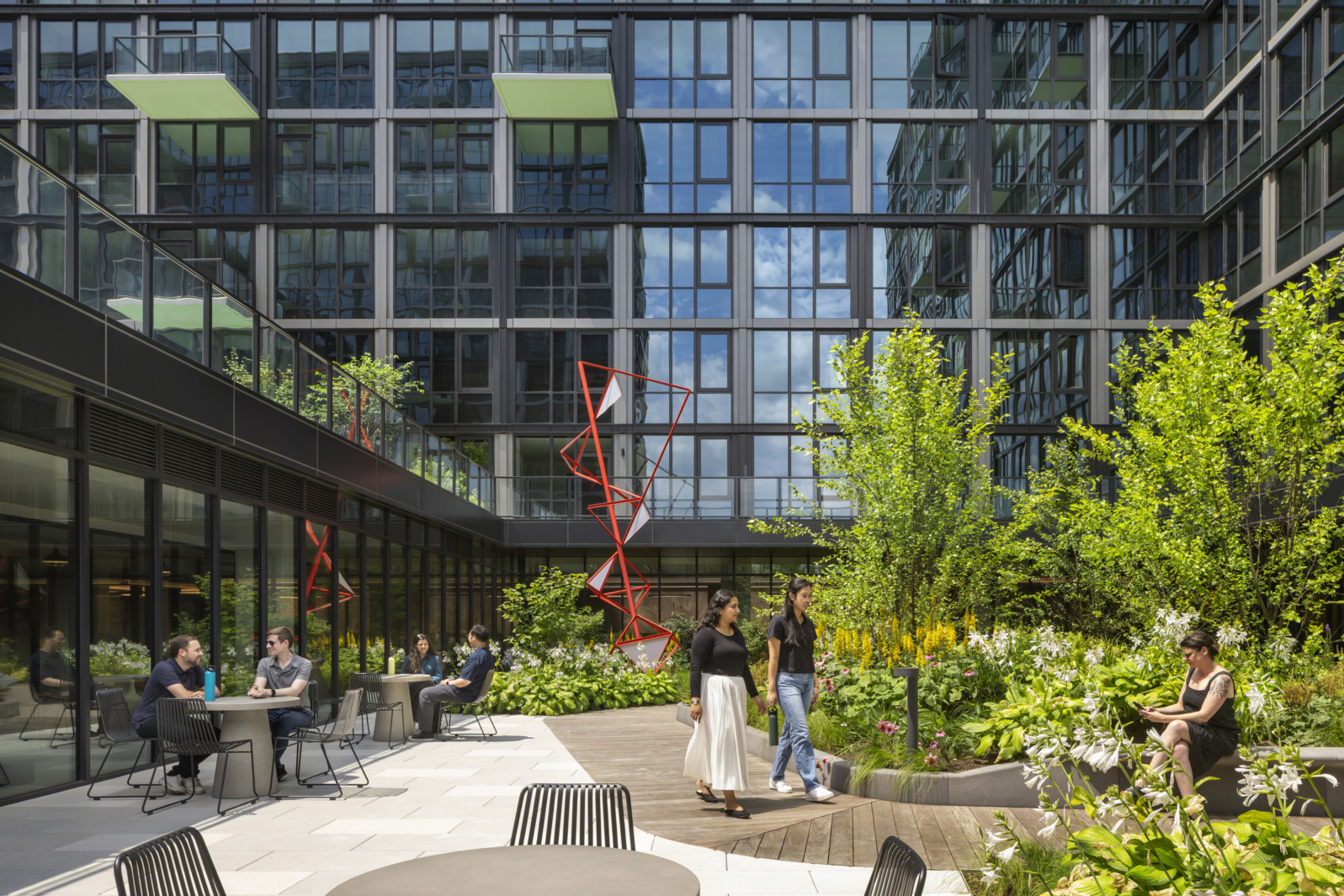When “Affordable” Means Out of Reach: Ruby Square and the Theater of NYC Housing
A new housing lottery is underway for Ruby Square, a 12-story development in Jamaica, Queens. Designed by Perkins Eastman and developed by BRP Companies, it includes 614 units, of which 185 are slated as “affordable” under the city’s Housing Connect program. But when you dig into the numbers (especially what people actually make in New York) the term “affordable” begins to look like a bait-and-switch.

Here’s a reminder of what the supposed affordability looks like in Ruby Square:
-
At 80% AMI:
• 66 one-bedrooms at $1,843/month, for households making between $69,086 and $116,640
• 27 two-bedrooms at $2,188/month, for households making between $82,835 and $140,000 -
At 130% AMI:
• 1 studio at $2,688/month, income eligibility between $97,303 and $168,480
• 71 one-bedrooms at $2,756/month, incomes between $100,389 and $189,540
• 20 two-bedrooms at $3,053/month, incomes between $112,492 and $227,500
By contrast, what do many New Yorkers actually make, and how much do they pay in rent?
Reality Check: What New Yorkers Earn & Pay
-
The median household income in New York City is about $81,000.
-
In Queens, the median household income is approximately $85,000.
-
Many renter households—especially single earners in service, care, and retail jobs—are well below these medians.
So if your household income is, say, $50,000 or $60,000, you’re already far below what these “affordable” units require.
On the rental side:
-
The median rent across all unit types in Queens is roughly $3,200–$3,400/month.
A typical one-bedroom is around $3,300, while a two-bedroom often exceeds $3,600 depending on neighborhood and building.
Ruby Square vs Reality
-
A “lower-cost” one-bedroom at Ruby Square rents for $1,843, but requires a household income of at least $69,086 - already above what many working-class households earn.
-
At the upper end, “affordable” one-bedrooms cost $2,756 per month, targeted to households making up to $189,540. That’s not affordable for most - it’s housing for high earners.
-
Two-bedrooms run $2,188 to $3,053, requiring household incomes as high as $227,500.
In short: many of the so-called affordable units are tailored to households with six-figure incomes, while those who truly need affordability - families making $40,000, $50,000, or even $70,000 - are completely excluded.
What the Data Reveals
-
AMI is inflated by suburban counties. By tying affordability to a region-wide Area Median Income, thresholds are artificially raised, making apartments appear affordable when they aren’t for city residents.
-
Units are marketed to upper-middle incomes. When “affordable housing” is targeting households making $150,000–$200,000, the working-class majority is left out.
-
Affordability ignores lived budgets. Even if a household technically qualifies, utilities, transit, and child care costs can make these units unaffordable in practice.
-
Politicians get to boast, developers get their tax breaks. But the people left struggling for housing stability see little benefit.
The word “affordable” has lost its meaning. For many, it now signals housing that is out of reach.
Where We Go From Here
Ruby Square isn’t an isolated case - it’s emblematic of a system that has warped the meaning of “affordable.” When “affordable” rents are $2,700 or $3,000 per month, and eligibility stretches up to $227,500 in income, the term no longer describes the housing people need, but the housing that makes for a good press release.
Until affordability is grounded in the real incomes of New Yorkers—and until housing policy prioritizes the needs of working- and lower-income households—“affordable housing” will remain a slogan, not a solution.